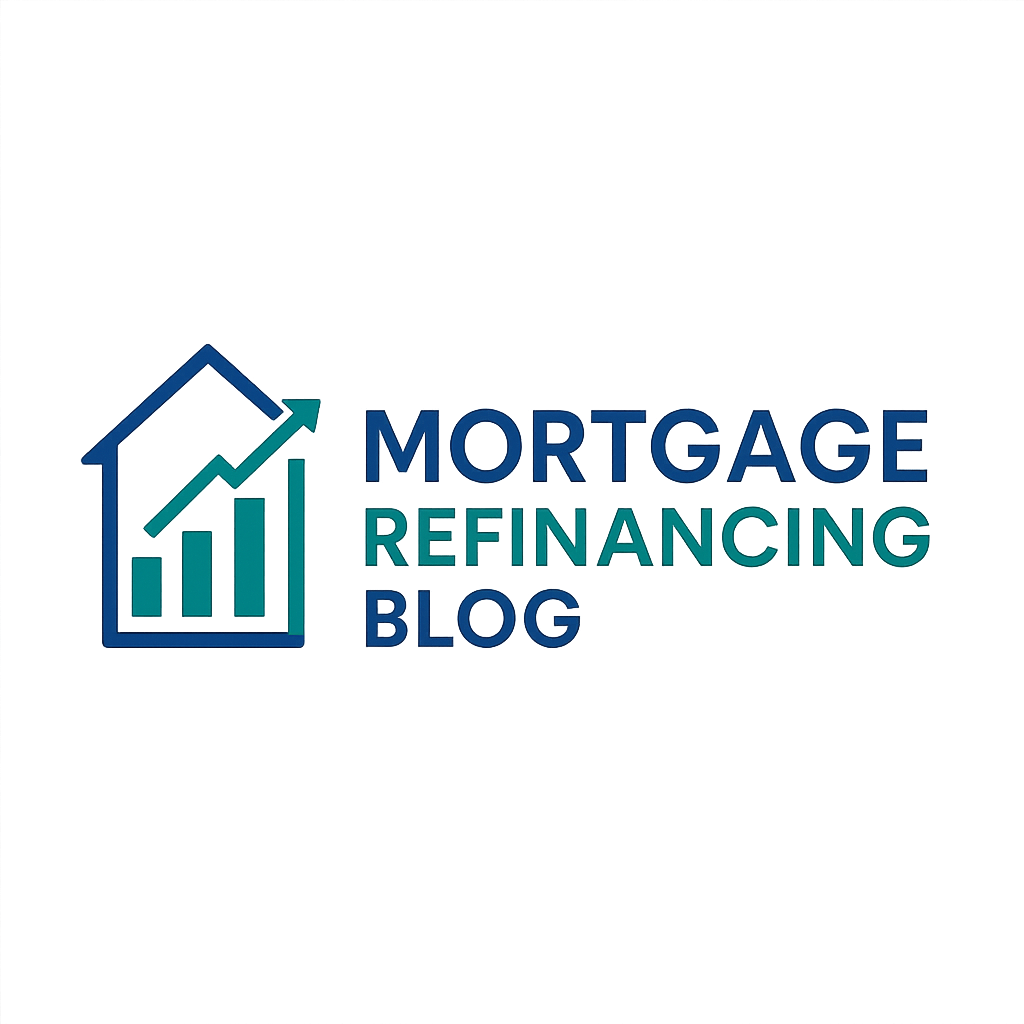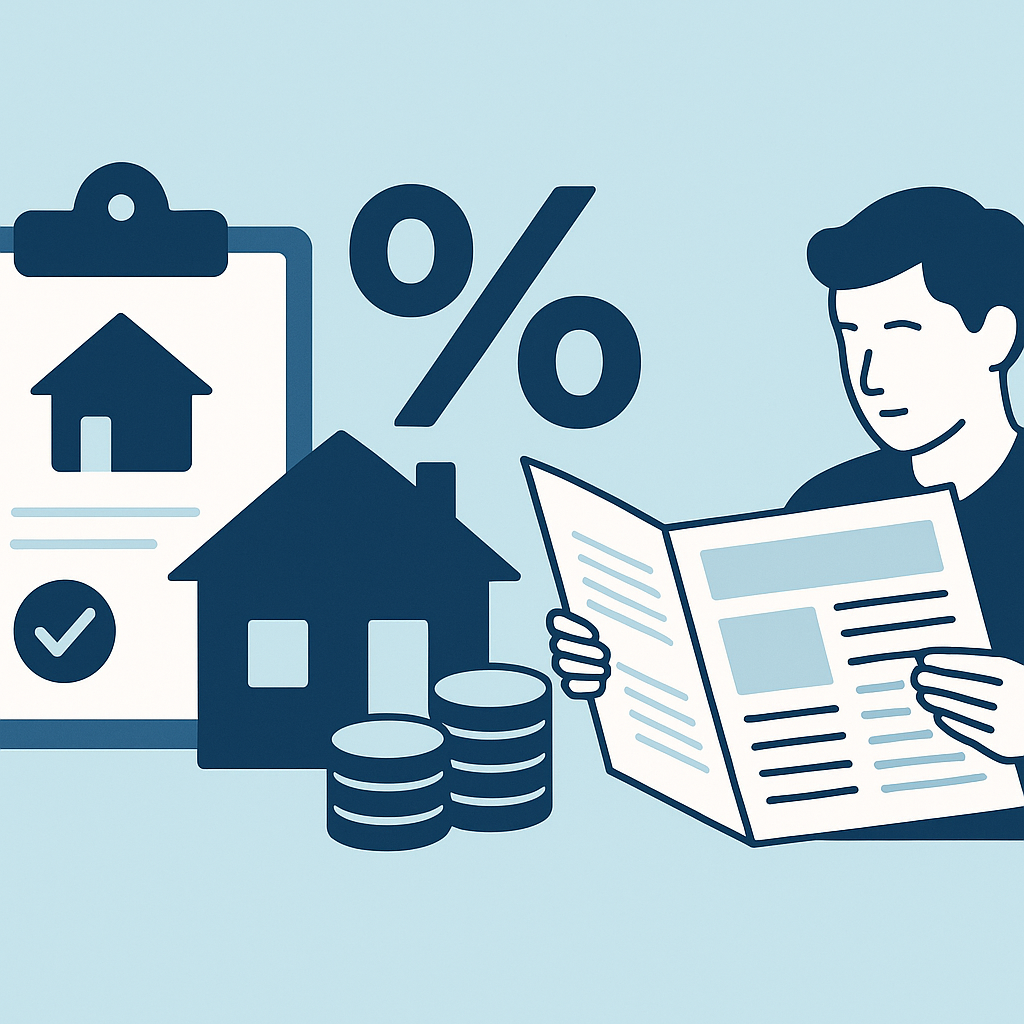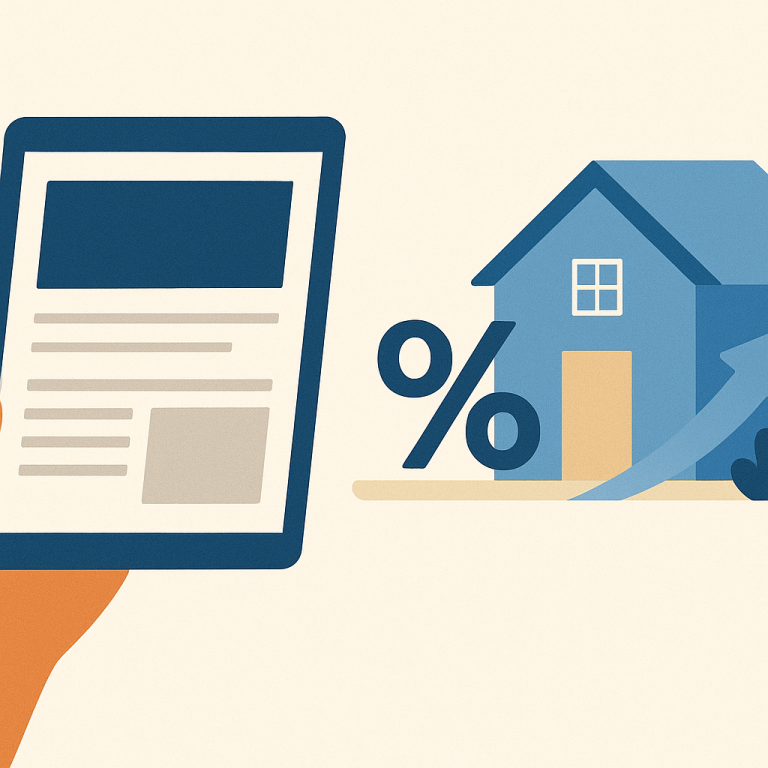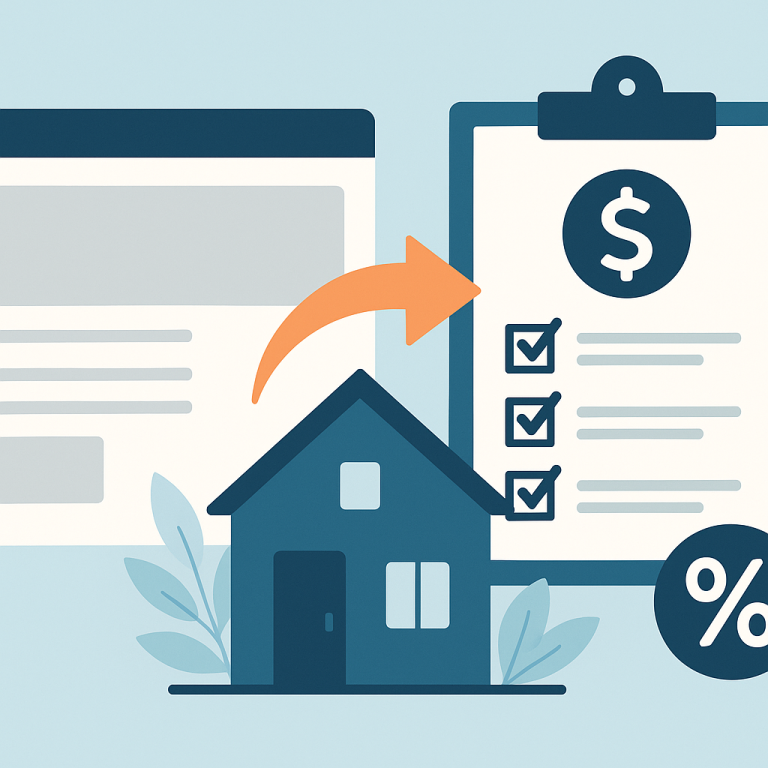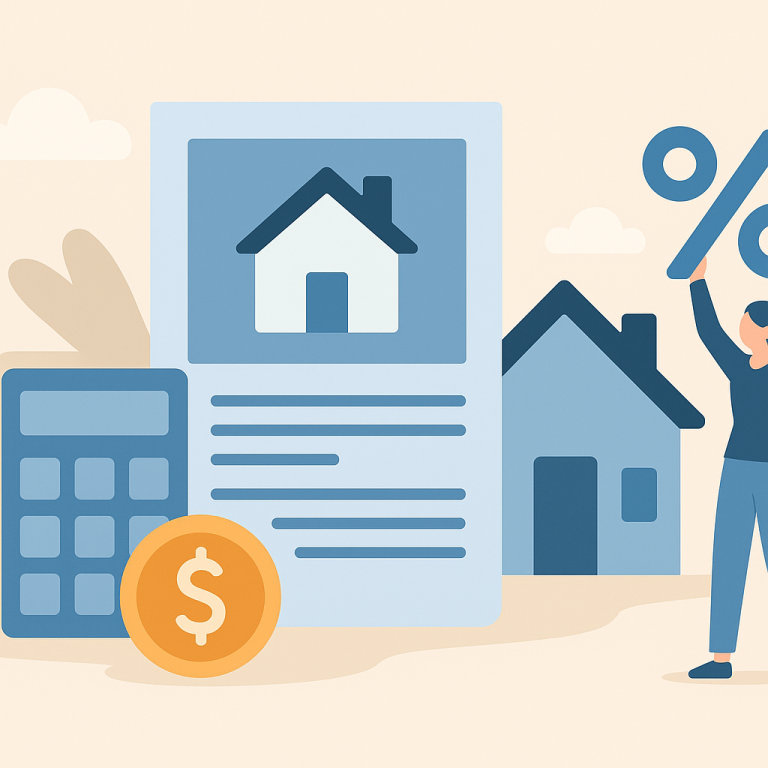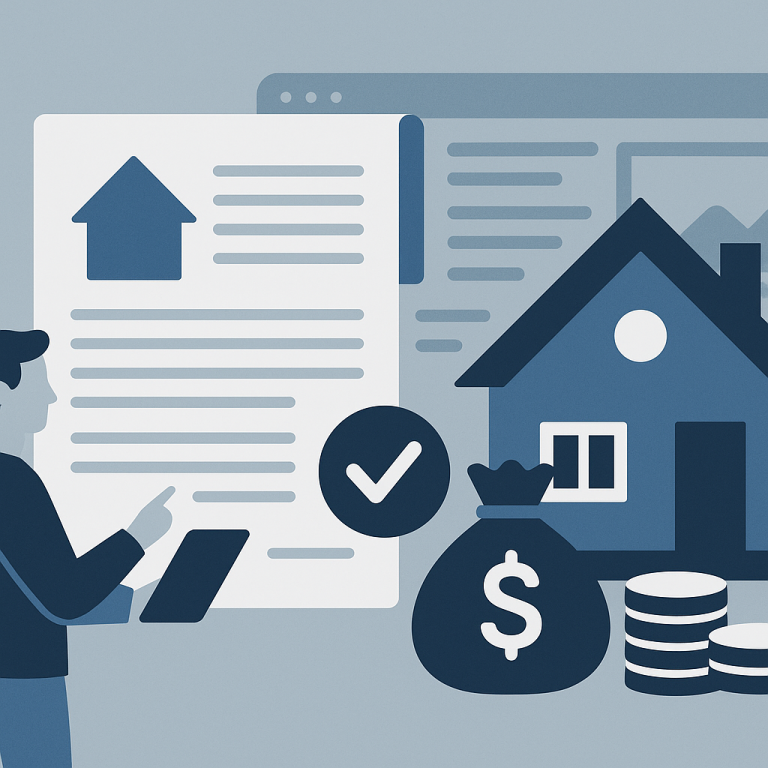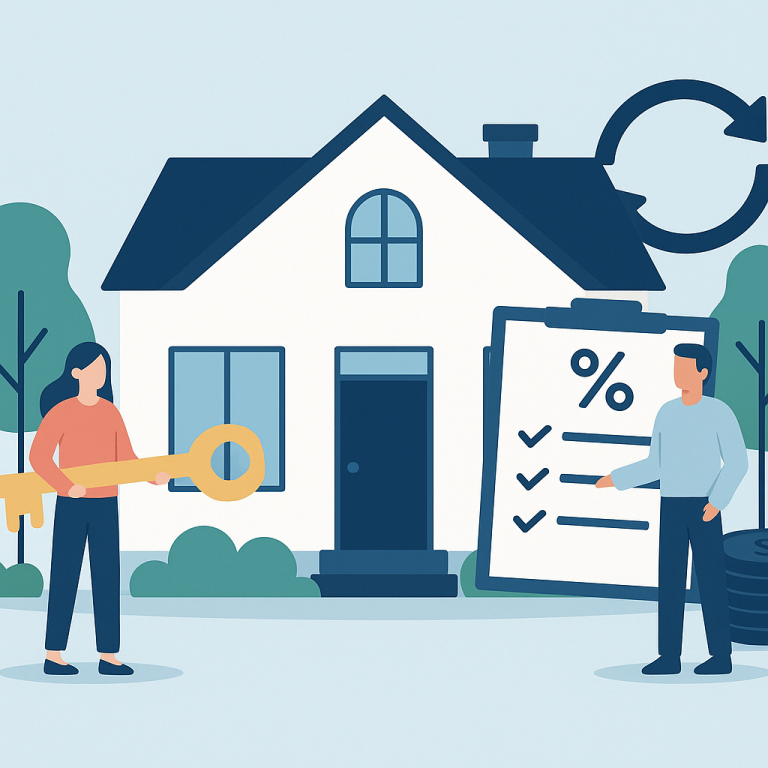Mortgage Refinance Rates Drop to 5.25%, Lowest Since March
Moderating Rates Shift Refinance Focus Toward Term-Shortening and Liquidity
As mortgage rate volatility eases from recent peaks, homeowners are recalibrating their refinancing priorities. Instead of the surge in cash-out refinances seen during previous periods of home-price strength, a growing share of applicants are pursuing refinances that reduce loan term or preserve emergency liquidity. The shift reflects a more cautious homeowner stance: locking in a lower monthly payment or shortening the payoff schedule without significantly tapping home equity.
Industry lenders report that modest declines from high-rate levels have reopened opportunities for borrowers who missed earlier refinance windows. At the same time, many homeowners are weighing the cost of refinancing against how long they expect to remain in their homes. The decision is increasingly governed by a simple question: will the savings or strategic benefits justify up-front closing costs and reset timelines?
For owners focused on long-term savings, shortening the loan term while maintaining or slightly increasing the monthly payment is emerging as a popular choice. This strategy can reduce total interest paid over the life of the loan and build home equity faster, particularly for borrowers who expect to stay in place for several years. Conversely, those seeking immediate cash for repairs, debt consolidation, or other needs continue to consider cash-out options—but with more scrutiny on how that borrowing affects overall financial flexibility.
Two practical considerations are shaping current refinance decisions. First, closing costs and fees still represent a meaningful component of the transaction and can extend the breakeven period for savings. Homeowners are being advised to calculate the time it will take for monthly savings to exceed the costs paid at closing. Second, credit profiles and remaining home equity remain gatekeepers to attractive refinance terms. Borrowers with stable or improved credit and sufficient equity tend to access the most favorable outcomes.
Operationally, processing times vary by lender and loan type. Some borrowers report quicker turnarounds with rate/term refinances than with cash-out loans, which often require additional underwriting. Documentation requirements remain standard—proof of income, asset verification, appraisal in many cases—so preparing files in advance can shorten processing delays.
For homeowners deciding whether to refinance now, the following takeaways can help distill the options into actionable steps:
- Clarify goals: Identify whether the primary objective is lower monthly payment, term reduction, or access to cash. The optimal refinance structure follows that goal.
- Run a breakeven analysis: Compare projected monthly savings to estimated closing costs to determine how long it will take to recoup expenses.
- Assess equity and credit: Sufficient home equity and a solid credit profile improve chances for better pricing and lower fees.
- Compare lender offers: Ask multiple lenders for detailed quotes, including itemized closing costs and lock-period options.
- Consider timing and plans: If you plan to move in the near term, a refinance with a long breakeven period may not be advantageous.
- Preserve flexibility: If uncertain about future cash needs, favor options that minimize equity extraction while still achieving savings.
Refinancing decisions are increasingly personalized, driven by homeowners’ time horizons and comfort with trade-offs between immediate liquidity and long-term cost savings. With rates showing more stability than in prior volatile months, careful comparisons and clear objectives are the most reliable path to a successful refinance outcome.
META: refinancing,term-shortening,homeowner-takeaways,breakeven-analysis
